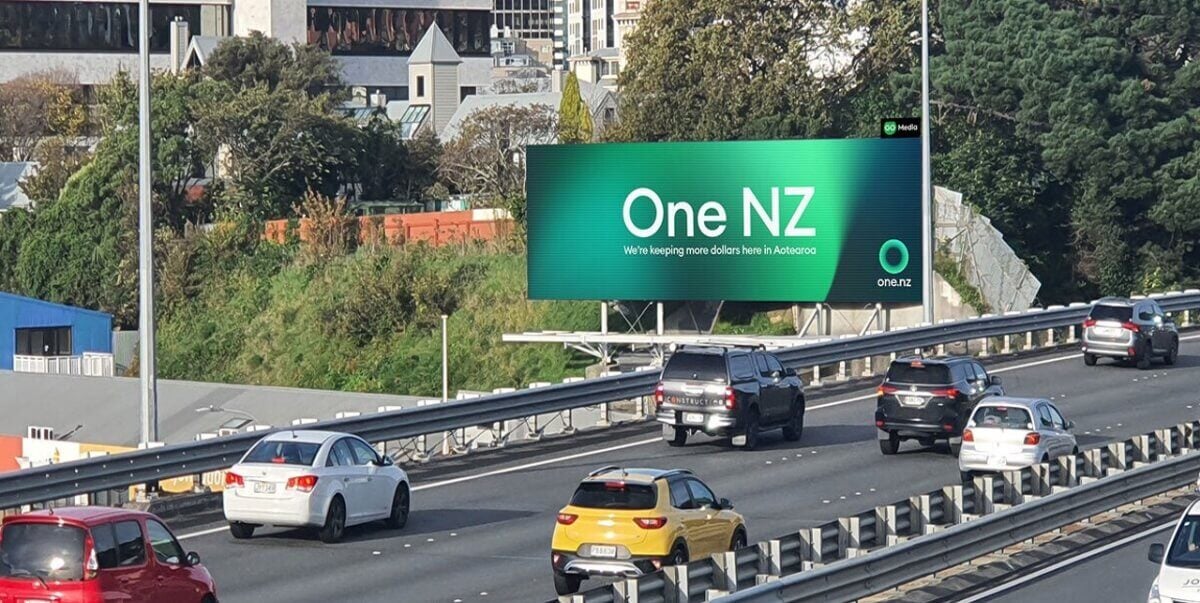
As marketers seek innovative ways to reach their audiences, both digital out-of-home (DOOH) and connected TV (CTV) advertising have gained significant traction. Each advertising channel offers unique advantages, but which is best for your campaign goals?
DOOH vs. CTV
DOOH advertising is the tech-savvy counterpart of traditional outdoor media and allows marketers to leverage data-driven targeting to reach specific audiences on the go in real-time. It can also capture a larger volume of impressions throughout the day as people interact with multiple screens in various high-traffic areas.
CTV advertising refers to digital ads that appear on smart TV screens, Blu-ray players and gaming consoles, even streaming services and YouTube TV. Ads are designed to reach specific demographics, therefore creating a more personalized, in-home experience.
DOOH and CTV share some similarities. Both offer:
- Programmatic buying: Both DOOH and CTV leverage programmatic platforms, making it easier for marketers to run flexible, data-driven campaigns.
- Measurable results: Both allow for robust reporting, ensuring marketers can track performance and optimize accordingly.
- Audience targeting: Both offer data-informed targeting but in different environments— CTV within the home, and DOOH in public spaces.
What's the cost difference?
DOOH campaigns typically come with flexible pricing models, with $6.41 being the average cost per thousand impressions (CPM) for an out-of-home ad.
CTV generally comes with a higher cost, typically ranging between a $20 - $30 CPM but they can go higher due to factors such as limited ad inventory on streaming services.
CTV’s higher CPM reflects its precise targeting, but for mass reach, DOOH can often provide more cost-effective opportunities, especially for campaigns designed to cast a wider net and make a bigger splash.
Continuing the conversation
While CTV also offers retargeting options, it is mainly focused on the user’s streaming behaviour which is generally a more contained, in-home experience. Whereas DOOH combines real-world exposure with retargeting solutions to reach consumers at multiple touchpoints throughout their day. In fact, DOOH can even retarget users across their CTV devices by identifying exposed consumers and working with a leading onboarding provider to anonymize them for safe retargeting.
DOOH has the edge

While DOOH and CTV offer impressive capabilities, DOOH stands out for several key reasons:
-
Unparalleled reach: DOOH captures consumers at key moments throughout their daily routine, creating more opportunities to engage with an on-the-go audience in the real world, in an authentic and non-intrusive way.
-
Cost efficiency: For campaigns focused on mass awareness, DOOH offers a more budget-friendly alternative compared to CTV’s premium rates while still delivering impactful results.
-
In-the-moment engagement: DOOH reaches people when they’re out in the world, often right before they make purchasing decisions, such as in transit stations, shopping centres or gas stations.
-
Omnichannel power: DOOH’s ability to seamlessly integrate with other media channels offers a powerful way to extend campaign reach beyond initial exposure, ensuring brand messages spread seamlessly across mediums.
Conclusion
While both DOOH and CTV offer unique strengths, DOOH’s ability to target consumers in real-world environments, combined with cost-effective mass reach and omnichannel integration, makes it a compelling choice for marketers looking to maximize their impact. As the advertising landscape continues to evolve, consider leaning toward DOOH to reach today’s on-the-go audiences in a meaningful, measurable way.


